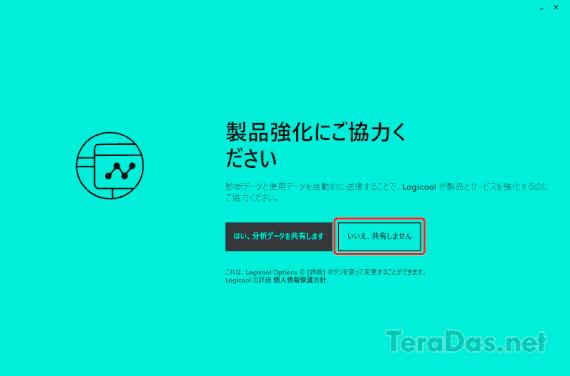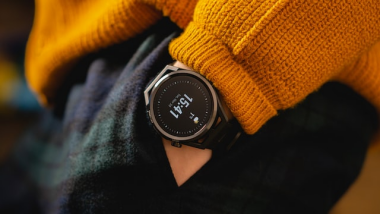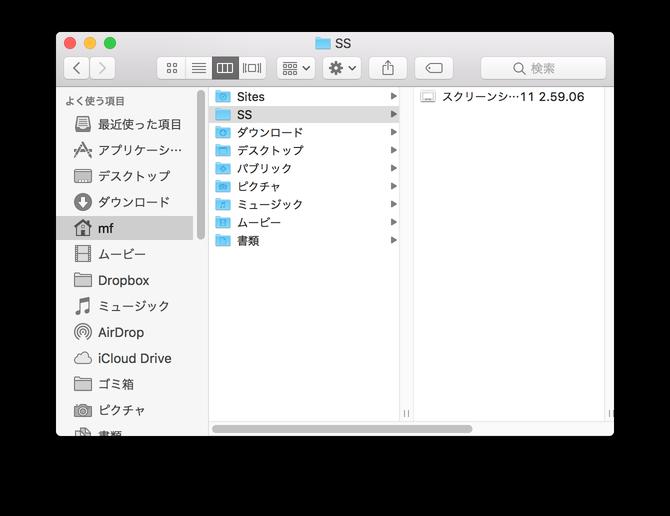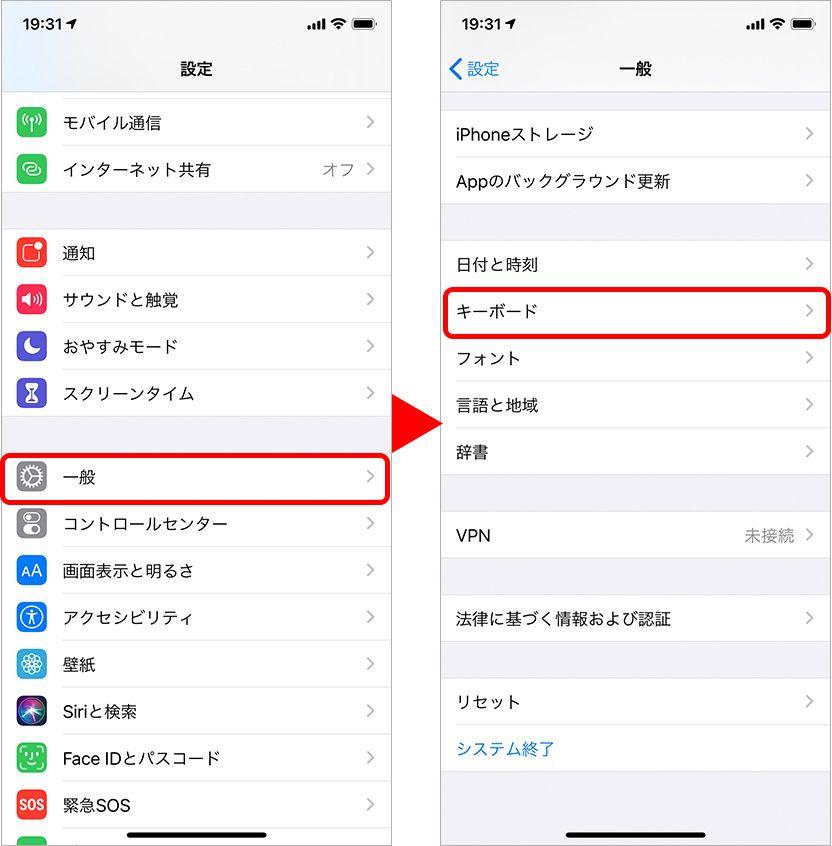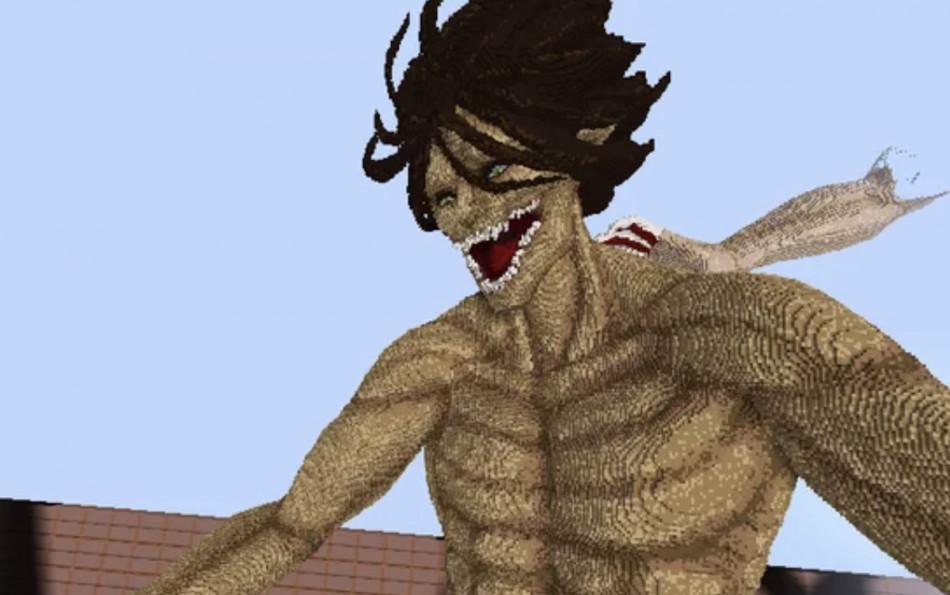Can't you go to zero!?
Chocolate Planet by MC "Great Adventure Craft Variety Can't you go to zero?!? Part 2"
■Spontaneous applause in the studio
The program started with Minegishi making a strawberry parfait. The words, ``After zero strawberry parfait... ``Total travel distance 9,702 kilometers'' ``Production time 183 hours''' were projected on the screen. At that moment, I realized that "a program that sells the size of the scale that puts time and effort to the fore".
Minegishi looked at the strawberry parfait in front of him and asked questions one after another, such as "Do you mean harvesting strawberries?", "How do you make corn flakes?" comes to mind. In order to make a strawberry parfait, you need sugar, strawberries, corn flakes, ice cream, strawberry jam, and parfait bowls, all of which Minegishi must make.
Minegishi, who started making parfaits, called a glass company and an expert university professor to find out that the ingredients were sand, shells, and seaweed, and took a Cessna to Niijima. After collecting koga stones and shells, which are the source of sand, he returned to Tokyo on a day trip and crushed the stones and shells into small pieces. Immediately after that, I went to Tokushima to get seaweed, picked wakame seaweed, returned to Tokyo, dried it on the roof of my office, and moved to Tateyama in Chiba Prefecture to turn it into ashes. Once he had all the materials, he searched for a glass workshop himself and tried to make a glassware, but it ended in a big failure.
In other words, it showed a failure pattern of ``It doesn't work from the beginning, right? I'm worried.
Maybe that's why Minegishi left making pottery and started making sugar. She harvested sugar cane in Okinawa, peeled it, cut it into small pieces, put it in a blender, squeezed it by hand, boiled it down, put it in a blender again… When the sugar was finally completed, the studio erupted in applause.
Next, we went to Hokkaido to milk. It's 900ml, 2,052 yen, the highest quality milk, but Minegishi, who can't squeeze out the amount he needs, sheds tears. When it was squeezed out, applause broke out again in the studio, but Minegishi was dazed. Eggs were also collected in Okinawa, so the ice cream was made in Hokkaido.
Still, strawberries, strawberry jam, corn flakes, and bowls aren't ready yet, and there's still a long way to go. While the dynamism that traverses Japan from Niijima, Tokushima, Chiba, Okinawa, and Hokkaido is amazing, I was worried that there were only painful scenes and no positive scenes that would explode with joy.
■Simple "I'll get the flour"
At this point, Minegishi's strawberry parfait making was temporarily suspended, and the video went to Yoshio Kojima's crab ramen. Echizen crab, green onions, noodles, salt, rice bowl, and lotus root were required, and it was revealed that it took "73 days to make" and "over 6,800 kilometers in total travel distance".
First, Kojima went to Fukui Prefecture to catch Echizen crabs. However, the wind is so strong that the boat cannot go out, and the plan is abandoned, and two days later, a junior entertainer, Heidi, who is a fresh egg, will act as a substitute. You may want to say, "Is it okay to compromise there?"
Heidi trawled two hours offshore by boat and caught three Echizen crabs. Kojima, on the other hand, drew 5 liters of sea water from the Echizen coast in Fukui Prefecture, and boiled it down in a pot in a wood-fired kiln, six hours later.
The subsequent noodle making requires wheat flour, brine, salt, and eggs, but it is difficult to make the brine by hand, so he says, “I will make wood lye to use in Okinawa soba.” After Kojima climbed a banyan tree for eight hours and cut its branches, it took 12 hours to burn it to ash, which was poured into a pot to complete the wood lye.

Furthermore, we got the eggs in Okinawa, but for the wheat, we compromised by saying, "The harvest season is July and we can't harvest it, so we'll get some flour." I was surprised at how easily they abandoned the program concept of "zero to one", but it may be said that telling the truth is more like today's variety show.
Lastly, we went to a pottery studio in Kasama City, Ibaraki Prefecture to make bowls and astragalus. Kojima was told where to dig the soil, and he dug earnestly, but it was difficult to dig usable soil, and he finally succeeded the third time the next day. I used a potter's wheel to mold the rice bowl and lotus, but due to the schedule, I passed the baton to Heidi again. Heidi shaved it so that it wouldn't break, adjusted the shape, applied glaze, and baked it to complete it.
Immediately after, it was revealed that the green onions were harvested in Fuchu, Tokyo, but the VTR was only about 5 seconds. In addition, Kojima's mouth revealed that he "went to the Shirakami Mountains to draw water and made chopsticks in Wajima, Ishikawa Prefecture."
These weren't even broadcast on VTR, but unreleased footage has been released as paid content FOD, including not only Kojima but also Minegishi. For commercial broadcasters suffering from reduced advertising revenue due to the corona crisis, aside from how much they can earn, they should try more and more to induce paid content at a level that does not make them feel stressed when watching the main story.
Anyway, the crab ramen making was completed in 73 days in total production time, visiting 1 Tokyo and 5 prefectures. Kojima commented, "While I've been doing a lot of different jobs, it's become something very special." This is an old and bad composition and production that television tends to be criticized for, and it was a pity that there was little awareness of ``taking away viewers' time''.
■Is 19:00 the best time for children to see?
The video returns to Minegishi and restarts with the challenge of practicing for the AKB48 graduation concert. The burden of making her strawberry parfait is heavy because of the hard live performance of "appearing in all 30 songs".
Minegishi went to Nagaoka University of Technology in Niigata Prefecture. On the advice of an expert, he realized that making seaweed ash was the cause of the failure, and had Niijima send him stones and shells by e-mail. It is said that When the two members of Chocopla who saw this retorted, "Will you share it?" Again, I showed the double standard of "serious & harsh + give up if it doesn't work", but I wonder if not only this program but also "Crazy Journey" (TBS series) will be like this in the future.
Minegishi completed the parfait bowl, made cornflakes using corn that he got in Okinawa, and picked Tochiotome strawberries in Tochigi, which was a simple end. Even though I said I was making a strawberry parfait, in the end, the majority of the work was made in a container, which may be a future issue.
Then, about 20 minutes left of the program, the highland paper apron making began. In the highlands, cut a branch of a tree called kozo, boil it to soften it, peel off the skin, scrape off the surface, wash it in a river to remove dirt, beat it, soak it in water, add glue, and then use a paper-making tool to plow it. , dehydrated with weights, and completed over three days.
However, the video is only a little over 10 minutes long. From the point of view of the fans, it's obviously ``not much after making them wait so long'', but the program probably means ``I actively asked them to talk with wipes until then'' (By the way, Minegishi and Kojima's studio comments are was seldom used). Again, the composition and production are old-fashioned, and there is a feeling that it is far from viewers first.
After 2 hours from the broadcast, it was finally time to taste the food. Sara Honda ate the crab ramen, and Miyu Honda ate the strawberry parfait. It seems that other studio members also ate it, but there is almost no scene to show it. Furthermore, there is no meal scene of the person who made it from scratch with difficulty. It may be that "the actual food scene is not the main subject", but isn't that the feeling of the creator?
Currently, viewers tend to say, ``I want to see a catharsis that is a little easier to understand,'' and ``I want to see a scene where the members who worked hard are rewarded,'' especially when watching YouTube videos, etc. I was left with the impression that it was a waste because it was expensive.
Possibly because of the project called "Zero One", which has a strong element of science and social studies, it uses a lot of pop narration and telops from beginning to end. It made me feel that the mood was "I want children to have fun." On this day, the broadcast started at 21:30 and lasted for a little over 2 hours, but like "The! Tetsuwan! DASH!!" (NTV series) and "I Am Adventure Boy" (TBS series) It's a show that I would like my children to see on the air.
■ The next "favourite" is... "99 people's wall" from the standpoint of appearing as a challenger
The author (left) and Jiro Sato (C) Fuji TV
The “favorites” that will be picked up from the programs broadcast later this week are the Fuji TV variety show “Super adversity quiz battle!!
A quiz program with the concept of "If you answer 5 questions in a row in your favorite genre, you can earn 1 million yen." Immediately after the start of broadcasting, it gained core popularity due to its rarity and enthusiasm as "almost the only viewer-participation program in the golden prime period".
However, when 100 contestants did not gather on the day of the recording, it was discovered that extras had participated, and the broadcast was suspended for about three months. After the resumption, we developed a remote recording system that corresponds to the corona disaster, and continue broadcasting while maintaining the scale of the "99-person wall".
The theme of the next broadcast is music. Music quizzes in a wide range of genres such as Heisei / Reiwa, drama, and animation are asked. Actually, I participated in the recording as a challenger of the genre called "drama song". I would like to delve into the current position of this program without prejudice while including the behind the scenes at the time of shooting.
Takashi Kimura
Takashi KimuraColumnist, commentator on entertainment, television and dramas, talent interviewer. In addition to providing 30 monthly columns for magazines and the web, he also appears on criticism programs such as "Weekly Fuji Television Review". He is also a talent interviewer with over 2,000 interviews. His publications include "Top Interviewer's 'Listening Skills' 84".
Click here for a list of articles by this author